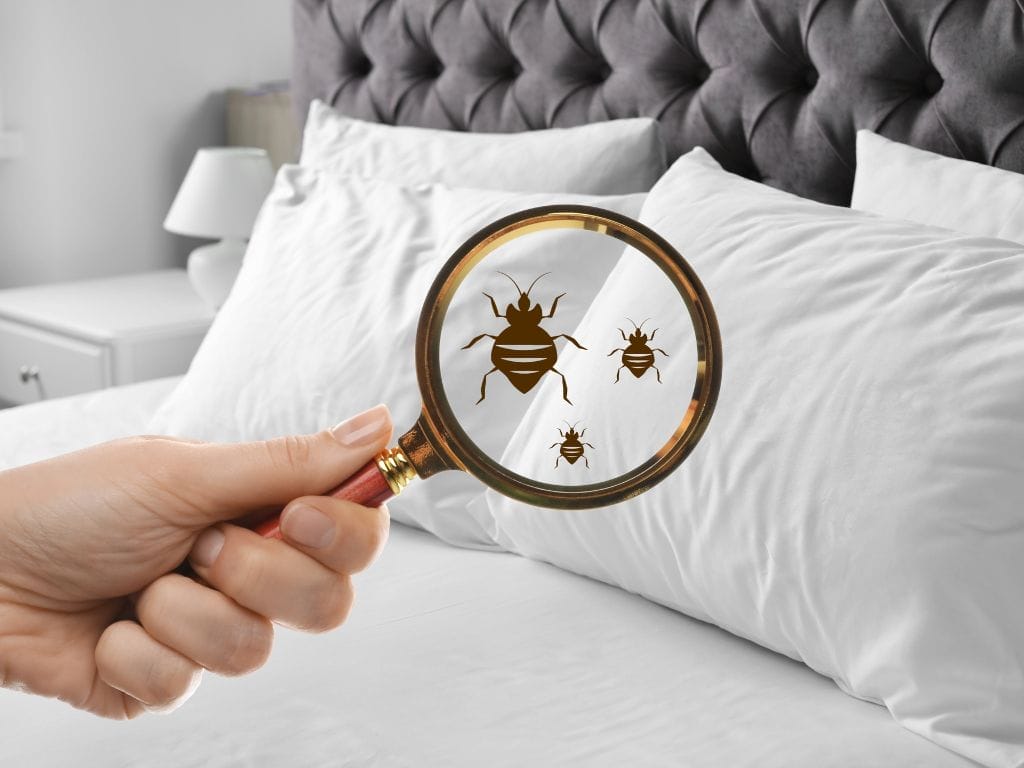10 Ways to Detect Bed Bugs in a Hotel Room

No Time to Read? Here’s a Snappy Summary of This Article
- Telltale Signs in Linens: Look for small blood stains or tiny black dots on sheets and pillowcases.
- Examine Mattress Seams: Check for live bugs or their exoskeletons, especially along mattress seams and edges.
- Inspect Furniture: Check crevices of upholstered furniture for bugs, eggs, or dark spots, indicating their presence.
- Scout Behind Wall Decor: Look behind picture frames or wall decor for bed bugs and their eggs.
- Explore Electrical Outlets: Inspect nearby electrical outlets for bugs, which may hide in these hidden spots.
- Utilize a Flashlight: Shine a flashlight along baseboards, under furniture, and in corners for signs of infestation.
Table of Contents
- No Time to Read? Here’s a Snappy Summary of This Article
- 1. Bed Bug Basics: Identifying the Culprit
- 2. Thorough Bed Inspection: The Primary Hideout
- 3. Furniture and Floor Examination: Secondary Hiding Spots
- 4. Protecting Your Luggage: Preventing Unwanted Hitchhikers
- 5. Bathroom Reconnaissance: An Unexpected Refuge
- 6. Odor Detection: The Scent of an Infestation
- 7. Technological Aids: Enhancing Detection Capabilities
- 8. Wardrobe Area Inspection: Clothing and Closet Checks
- 9. Nighttime Surveillance: Observing Active Bed Bugs
- 10. Seeking Professional Assistance: When to Escalate Concerns
- Meanwhile, Check Out Tropika Club’s Ecosystem of Websites
Introduction
When you check into a hotel, you expect comfort and relaxation, but there’s a tiny problem that could turn your stay into a nightmare: bed bugs. These pesky critters are a traveler’s worst enemy, and Singapore, with its bustling tourism, is no stranger to this issue. In this guide, we’ll walk you through 10 foolproof ways to detect bed bugs in your hotel room, ensuring your stay is as pleasant as it should be.
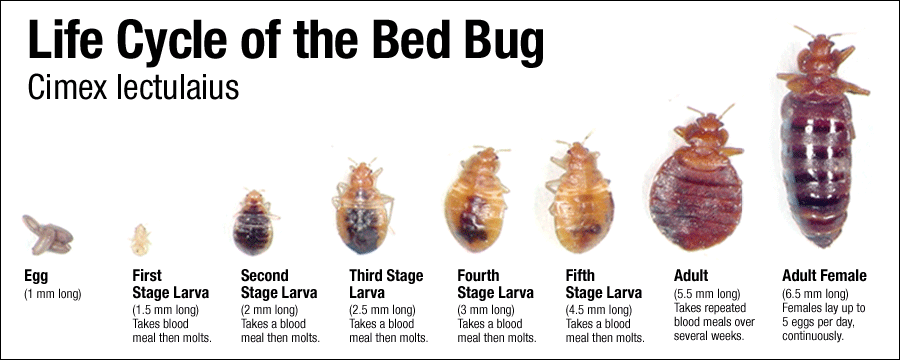
1. Bed Bug Basics: Identifying the Culprit
Bed bugs are notorious for their stealth and resilience, thriving in transient environments like hotels. These pests are small, oval, brownish insects that feed on human blood. Adult bed bugs are about the size of an apple seed and can be seen with the naked eye. Familiarizing yourself with their appearance is crucial in detecting their presence early. Look for signs like tiny bloodstains, dark fecal spots, or the bugs themselves during your inspection.
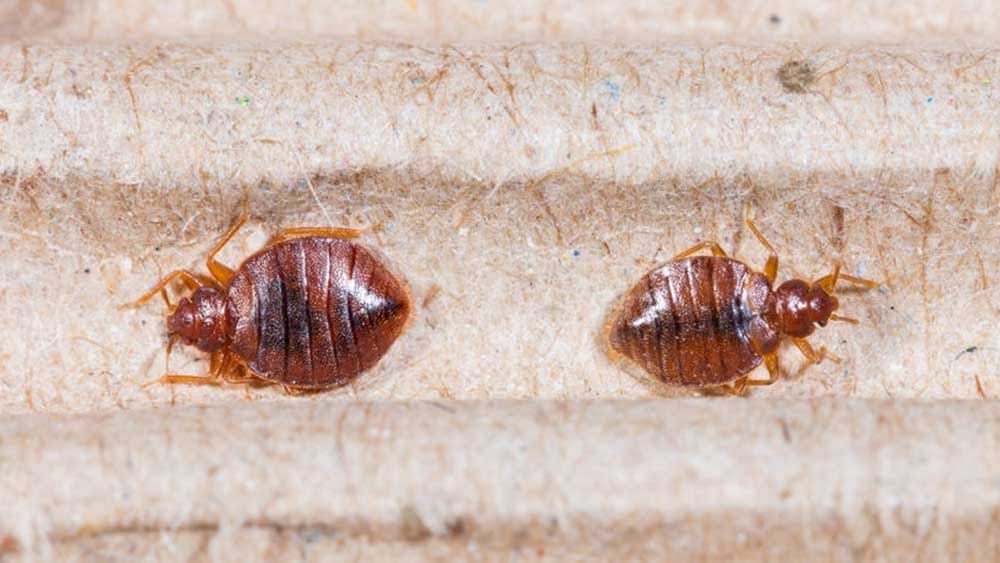
2. Thorough Bed Inspection: The Primary Hideout
The bed is the most common place to find bed bugs in a hotel room. Carefully pull back all bedding and inspect the mattress, focusing on seams, tags, and piping. Bed bugs can also hide in box springs, bed frames, and headboards, so examine these areas meticulously. Look for small blood spots, dark brown or black stains, shed skins, or the bugs themselves. Remember, even the smallest crevice can harbor these pests.
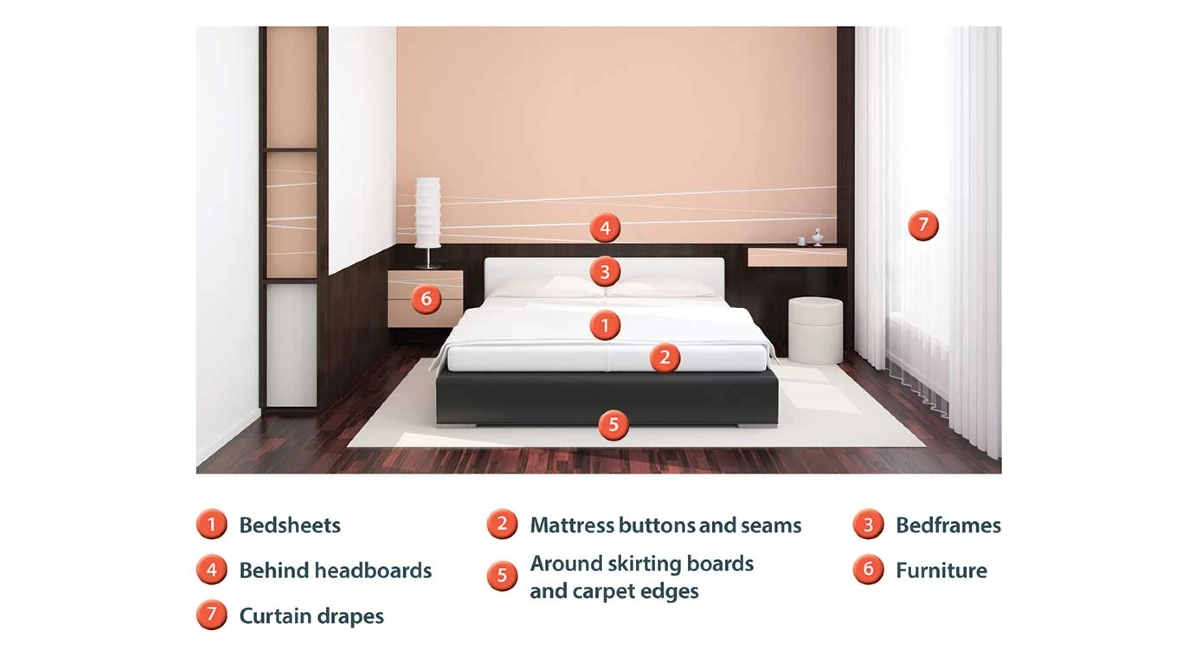
3. Furniture and Floor Examination: Secondary Hiding Spots
Bed bugs don’t limit themselves to beds. Inspect all furniture, including sofas, chairs, and nightstands. Pay close attention to seams, joints, and crevices. Lift cushions and inspect underneath. Carpets and rugs, especially along the edges and beneath furniture, are also potential hiding spots. These areas can be overlooked but are crucial in a thorough bed bug inspection.
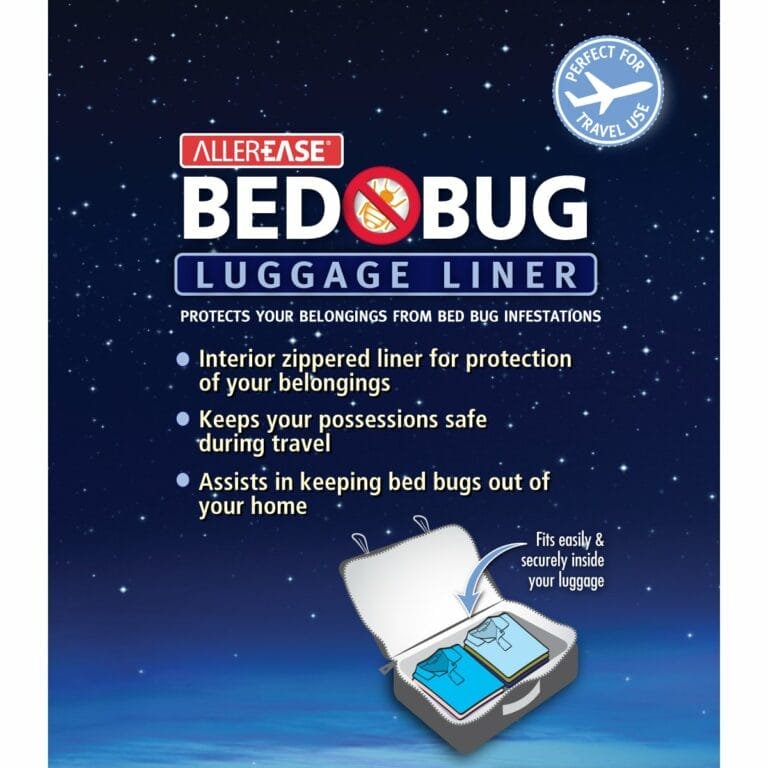
4. Protecting Your Luggage: Preventing Unwanted Hitchhikers
Luggage is a common way for bed bugs to travel and infest new areas. To protect your belongings, use a luggage rack, ideally metal, and keep it away from the bed and walls. Avoid placing your luggage directly on the floor, especially carpeted areas, or on the bed. This simple step can significantly reduce the risk of bringing bed bugs home with you.
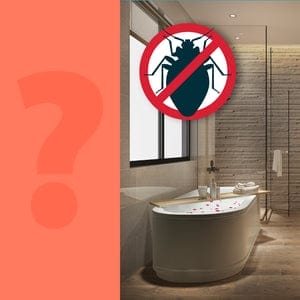
5. Bathroom Reconnaissance: An Unexpected Refuge
While less common, bathrooms can also harbor bed bugs, especially in corners, behind mirrors, inside drawers, and around towel racks. These pests may retreat to bathrooms when a room is treated for infestation. Inspecting the bathroom thoroughly can reveal the extent of an infestation and prevent any unpleasant surprises.
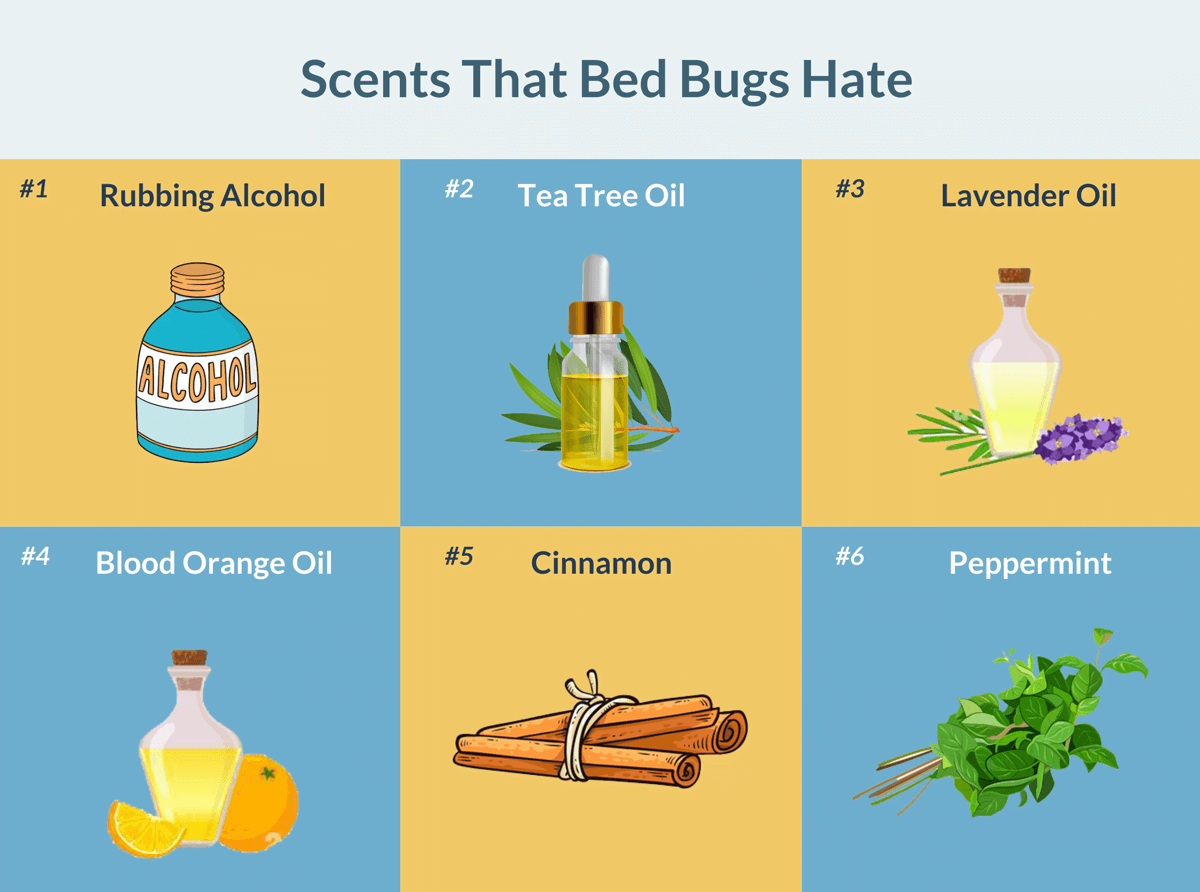
6. Odor Detection: The Scent of an Infestation
A heavy bed bug infestation can produce a distinctive, musty odor, often compared to coriander. If you detect an unusual, persistent smell in your room, particularly near beds and upholstered furniture, it could indicate the presence of bed bugs. Trusting your sense of smell can be an effective tool in identifying these pests.
_
Read Also:
Top 10 Best Branded Luggage for Your Next Trip
_

7. Technological Aids: Enhancing Detection Capabilities
In the modern age, technology offers tools to aid in detecting bed bugs. UV flashlights can reveal bed bugs’ hiding spots by illuminating their fluorescent excrement, while bed bug detectors can alert you to their presence. These gadgets can be particularly useful in dark, hard-to-reach areas and provide additional peace of mind for cautious travelers.
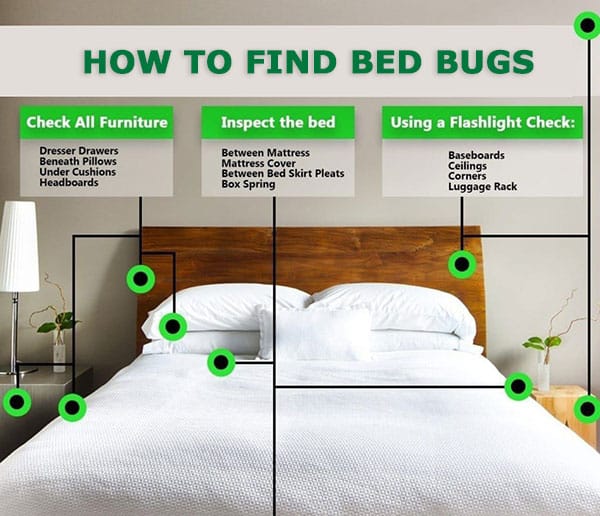
8. Wardrobe Area Inspection: Clothing and Closet Checks
The closet area in your hotel room should not be overlooked. Bed bugs can attach themselves to clothing and hide in the seams. Examine the closet thoroughly, including corners, shelves, and any items stored there. Pay special attention to hangers and the clothes rack. Even the smallest nook in a closet can be a refuge for bed bugs.

9. Nighttime Surveillance: Observing Active Bed Bugs
Since bed bugs are nocturnal, being vigilant at night can be revealing. If you find yourself awake in the middle of the night, use a small flashlight to discreetly inspect your bed for any movement. Catching bed bugs in action can confirm your suspicions and help you take immediate action.

10. Seeking Professional Assistance: When to Escalate Concerns
If you discover bed bugs or suspect a severe infestation, it’s crucial to inform hotel management promptly. They should respond with appropriate measures, such as relocating you to a different room or involving professional pest control services. Remember, addressing a bed bug issue promptly is essential for your comfort and safety.
Conclusion
Staying vigilant about bed bugs in hotel rooms is crucial for any traveler. By implementing these 10 detection methods, you can significantly reduce the risk of encountering these unwelcome guests and ensure a more comfortable and stress-free stay. Remember, bed bugs are not a reflection of cleanliness or the quality of a hotel, but rather a widespread issue that can be managed with proactive measures. Always inspect your room upon arrival, and if you do find signs of bed bugs, inform hotel management immediately to address the situation. Taking these steps not only protects you during your travels but also prevents the spread of bed bugs to your home. Safe travels and may your hotel stays be comfortable and bed bug-free!

Frequently Asked Questions (FAQ)
Q: Can bed bugs be found in all types of hotels in Singapore?
A: Yes, bed bugs can infest any hotel regardless of its rating or cleanliness level.
Q: How do I avoid bringing bed bugs back home from a hotel in Singapore?
A: Inspect your luggage and belongings before leaving, and wash your clothes in hot water after returning home.
Q: Are bed bugs only found in beds?
A: No, bed bugs can hide in various places including furniture, curtains, and even electrical outlets.
Q: Can I sue a hotel in Singapore if I find bed bugs in my room?
A: Yes, you may have legal recourse if the hotel fails to address a bed bug infestation properly.
Q: Can I prevent bed bugs from infesting my home after staying in a hotel?
A: Yes, take precautions such as vacuuming luggage and keeping it away from your sleeping area upon return.
Q: How quickly can bed bugs multiply in a hotel room?
A: Bed bugs can reproduce rapidly, with a female laying hundreds of eggs in her lifetime, leading to infestations if left unchecked.

Have an Article to Suggest?
Tropika Club is always looking for new and exciting content to feature in their magazine and they value the input of our readers. If you have any noteworthy content or articles that you believe would be a great addition to Tropika Club’s magazine, we are open to suggestions and encourage you to reach out to us via email at [email protected]. By doing so, Tropika Club values your expertise and knowledge in the matter and appreciates your willingness to help. We will review your recommendations and update our list accordingly
Meanwhile, Check Out Tropika Club’s Ecosystem of Websites
Tropika Club Magazine – Tropika Club Magazine is a Singapore-based publication that features articles on a wide range of topics with a focus on local businesses and content for the region. The magazine emphasizes supporting local businesses through its #SupportLocal initiative, which includes coverage of everything from neighborhood hawker stalls to aesthetic clinics in town. In addition to highlighting local businesses, Tropika Club Magazine also covers a variety of local content, including beauty, lifestyle, places, eats, and what’s on in Singapore and the Asia Pacific region.



